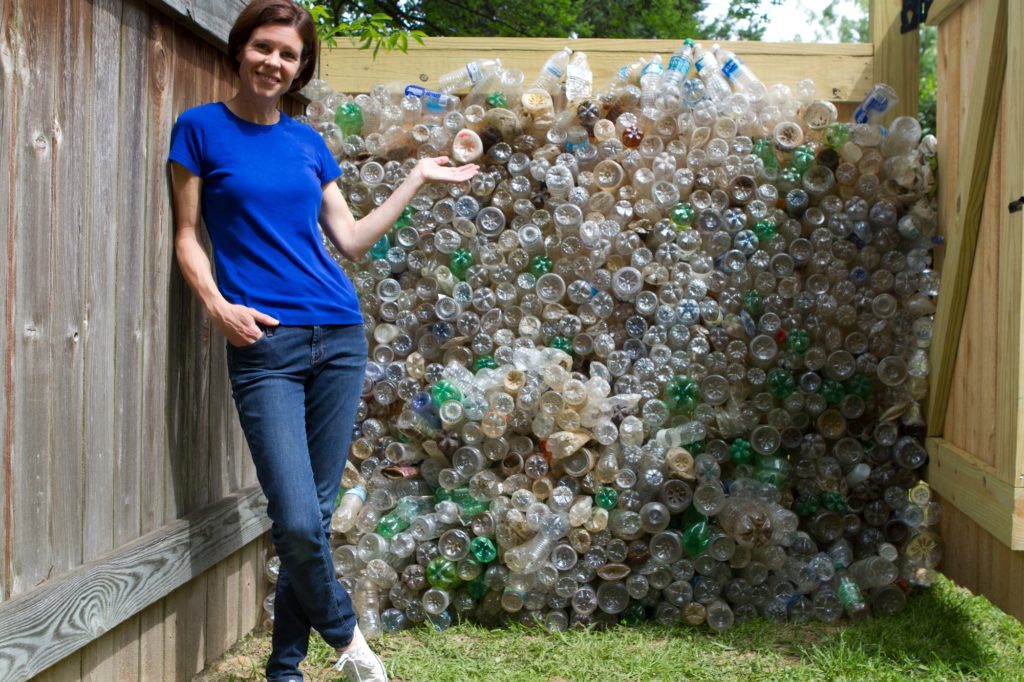Pearl Riverkeeper Abby Braman’s Trashy Story
By: Bart Mihailovich

Every Waterkeeper has a unique story about what brought him or her to the Waterkeeper movement, but it’s unlikely that any prior to Abby Braman’s started with something so small as a single piece of trash. Like a single drop of water that’s small in itself yet important to something as large as a river, Abby turned one small piece of trash into a campaign and eventually to her taking the title of Pearl Riverkeeper. Abby came to Mississippi from Virginia. She was a marine science major in college and is a former Navy helicopter pilot. “All my life I’ve been a lover of the outdoors,” she says, “hiking, being on the water.”
The Pearl River Basin covers 24 counties in central and southern Mississippi and two Louisiana parishes. Abby quickly learned to love the river and its environs, and grew concerned about its obvious trash problem, which ranged from bait containers to broken glass. “But the majority,” she says, “was single-use plastic bottles and Styrofoam cups.” She began to pick up some of it every time she walked by the river, but soon realized that she was living in a “Groundhog Day” scenario. No matter how much she picked up, more kept coming back. So she decided to let the trash tell a story, launching a social-media campaign, “Take2Miss,” which encouraged people to pick up two pieces of trash along the river, take a picture of them and share it on social media with the #take2miss hashtag.
Before long over 3,000 photos had been posted on Instagram, which brought widespread attention not only to the message but also to the messenger. Local officials began to invite her to participate on committees and commissions addressing the Pearl River’s health, and Abby quickly earned the nickname “riverkeeper,” which got her to thinking that maybe that’s what she should become.
Now she is. In July 2017, just two months after she first proposed the idea to Waterkeeper Alliance, the board approved the creation of Pearl Riverkeeper, with the resourceful Abby Braman at the helm. In September, she led its first official cleanup, in which more than 1,000 volunteers told Mississippi’s trashiest story yet. It weighed in at more than 18 tons.